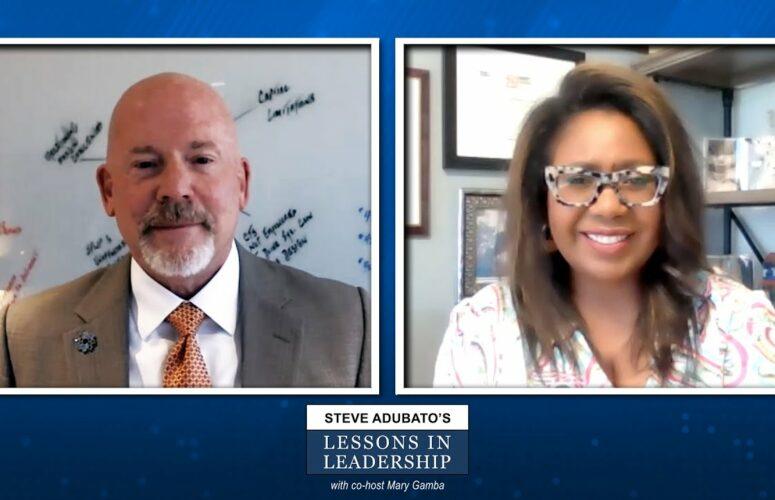Steve Adubato’s Lessons in Leadership with Greg Lalevee
Strategic Planning 101
By Steve Adubato, PhD On Mar 23, 2023On this edition of “Steve Adubato’s Lessons in Leadership with Co-host Mary Gamba,” Steve and Mary are joined by Greg Lalevee, Business Manager & General VP, International Union of Operating Engineers Local 825, about wellness, strategic planning, leadership and evolving as a leader. Then, Steve and Mary share tips and tools to building more strategic relationships using what they call the “hub and spokes” model.
Many organizations say all the right things about strategic planning, such as; “We just had a two-day strategic planning retreat,” or, “We need to focus on our strategic plan.” Yet, talking the talk about strategic planning is not the same as walking the walk. Others have a negative view of strategic planning, and say things like, “We don’t have time to do a strategic plan. Plus, things are constantly changing, so what’s the point of having a plan we are never going to use?”
Much of the confusion and negativity surrounding strategic planning is because some people just don’t understand what strategic planning should and could be. Some confuse the strategic planning document with the process itself. Others are obsessed with the process and never put any of it into action. The reality is that thinking and acting strategically is something every leader or organization must do. Consider the following when it comes to strategic planning.
- Intentionally set goals and have those goals based on reality. Without such goals, how can any organization measure its effectiveness or stay on course? Any strategic plan starts with identifying key goals and continually reevaluating those goals on a consistent basis to ensure specific benchmarks are being met.
- Be aware of the organization’s resources. The best leaders are fully aware of their organization’s resources, both financial and human, and dedicates those resources in a rational fashion that moves in a direction of accomplishing the above-mentioned goals. The fiscal health of an organization, and the overall wellness of team members, greatly relies on a leader being realistic and intentional with how and where these resources are allocated.
- Decide what’s really important and what’s not. With limited resources and limited time, it is all about prioritizing. An organization that says “everything is important” is bound to fail and burn out its people. Create a list of the top goals or outcomes for your team or your organization and then prioritize them based on what matters most. This doesn’t mean the other items aren’t important, they just don’t need to be tackled at this moment.
- Put the difficult questions and issues on the table. Don’t duck them. It’s about taking a sobering look at the external environment and knowing that you have no control over it. Then, once you have identified the key issues and obstacles that are getting in the way of the goals outlined within your strategic plan, confront them head on. The longer you wait thinking that a particular situation will resolve itself, often that situation only gets worse.
- It’s a team effort. Create an opportunity for individuals to “buy in” to something bigger than themselves. It’s about gaining a degree of ownership of a game plan that needs everyone’s participation in order to work. A strategic plan can only be truly successful if each team member not only believes in the direction outlined within the strategic plan, but also feels a sense of ownership and participation in its implementation.
- Be flexible. Just because you have a strategic planning document doesn’t mean your hands are tied behind your back. Rather, the strategic planning document should serve as a blueprint for making important decisions and then the best leaders remain open-minded to new information as it is received and must pivot accordingly.
- Be clear in your communication. Strategic planning is not about coming up with some convoluted jargon-laden mission statement that people take forever to develop. Many of these mission statements end up framed and posted in the workplace but are ignored on a regular basis. The most effective leaders are committed to thinking and acting strategically.






